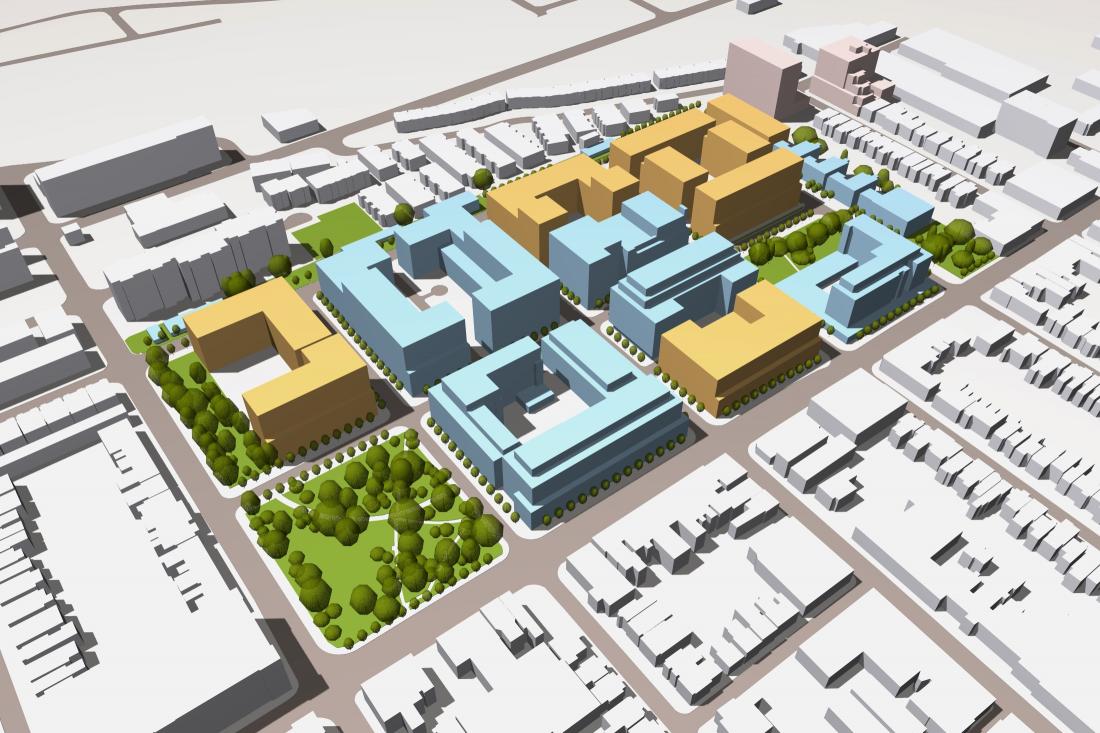In Iran the importance of spatial planning was first realized around five decades ago and the first stage of spatial planning was implemented by the government in 1966. The second development stage began in 1977 but was interrupted by the 1979 Islamic Revolution. After the revolution, the development plans were reorganized and spatial planning was once again incorporated in the government’s development plans. However, even five decades after the concept was introduced in Iran, proper implementation of spatial planning has not been achieved, according to an article published in the Persian daily Forsat-e-Emruz.
Spatial planning is defined as the scientific and orderly disposition of land, resources, facilities and services with the aim of securing physical, economic and social efficiency, health and well-being of urban and rural communities. Spatial planning is used by the public sector to influence the distribution of human activities in spaces with different scales.
Spatial planning, also referred to as land-use planning, is a fundamental concept for sustainable development which rests on the principal that we must meet the needs of the present without compromising the ability of future generations to meet their own needs.
Failure to fully enforce spatial planning in Iran has led to a spate of catastrophic results, among them: depletion of ground water resources, soil degradation, and drying out of rivers, lakes and wetlands. Risks to food security and consequently to the national security are other harmful effects resulting from lack of proper planning.
An official from the Central Council of Farmer’s House, Abolghasem Suzanchi considers “lack of agricultural policy” as a major problem in Iran’s spatial planning. The agricultural policies enforced by government authorities determine how land resources are to be allocated for cultivating various agricultural products in order to meet the market demands and ensure food security.
“Farmers are not aware of the market situation, hence it is the government’s responsibility to determine the types and quantity of agricultural products that need to be cultivated in each region in line with market demand,” he said.
Referring to lack of reliable data about agricultural products across the country, Suzanchi believes the government should hand over the responsibility to private cooperatives to obtain reliable and comprehensive data.
The official mentioned Turkey’s agricultural planning as a good example of proper land utilization to boost agricultural production: “In Turkey, as part of agricultural land-use planning, the government specifies the type and quantity of agricultural products to be cultivated in each zone. After the crops are harvested, the zones with lower yields than expected are left fallow in the following year. Thus, the Turkish government is able to determine each agricultural zone’s production capacity and accordingly build food processing plants adjacent to the productive zones,” he explained.
The official expressed hope that the authorities will enforce proper planning to control the price of agricultural products, noting that the task of regulating the agro market – originally part of the industry ministry’s duties – was delivered to the ministry of agriculture a year ago.


